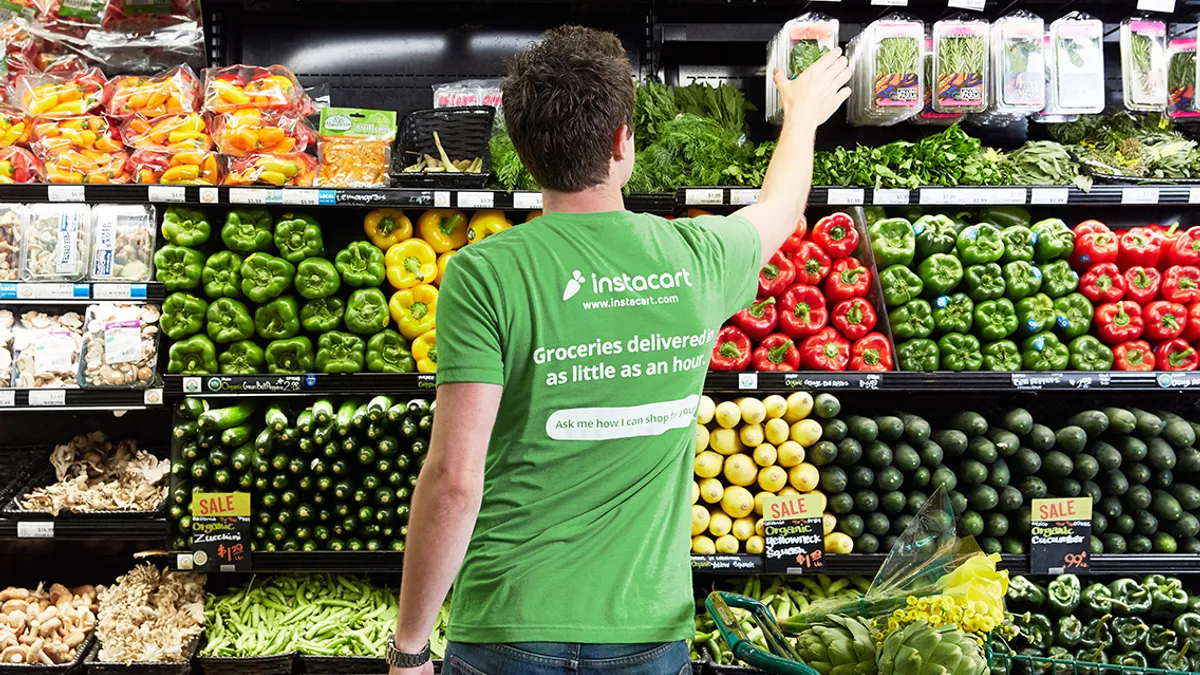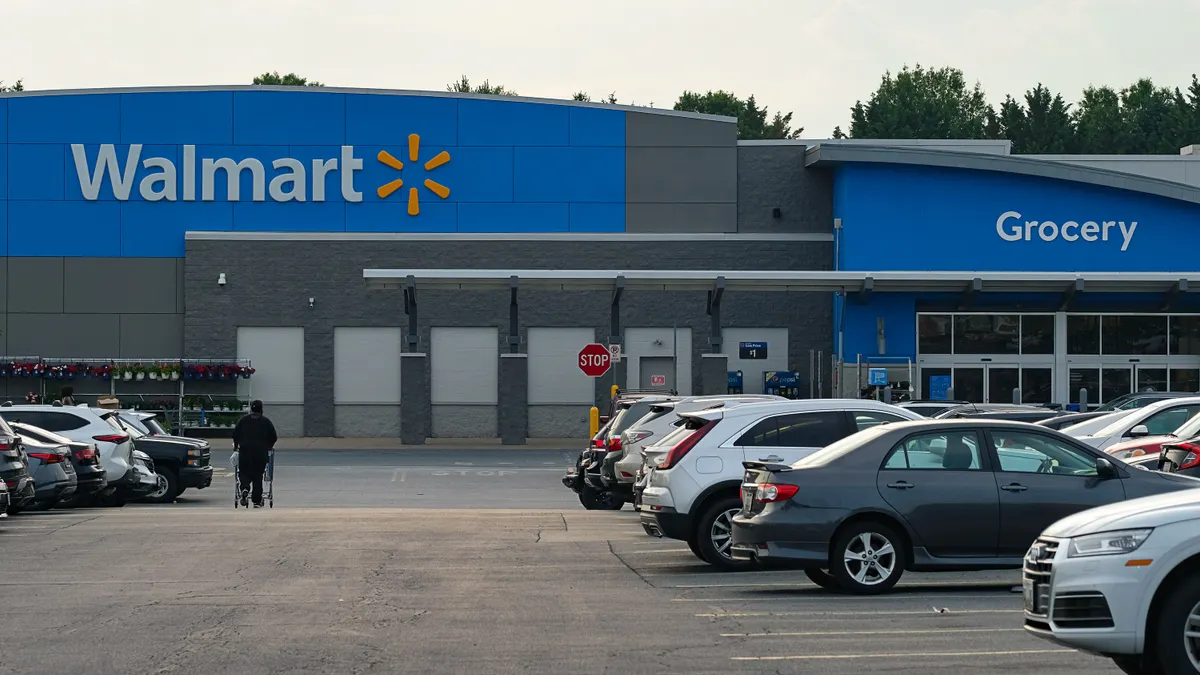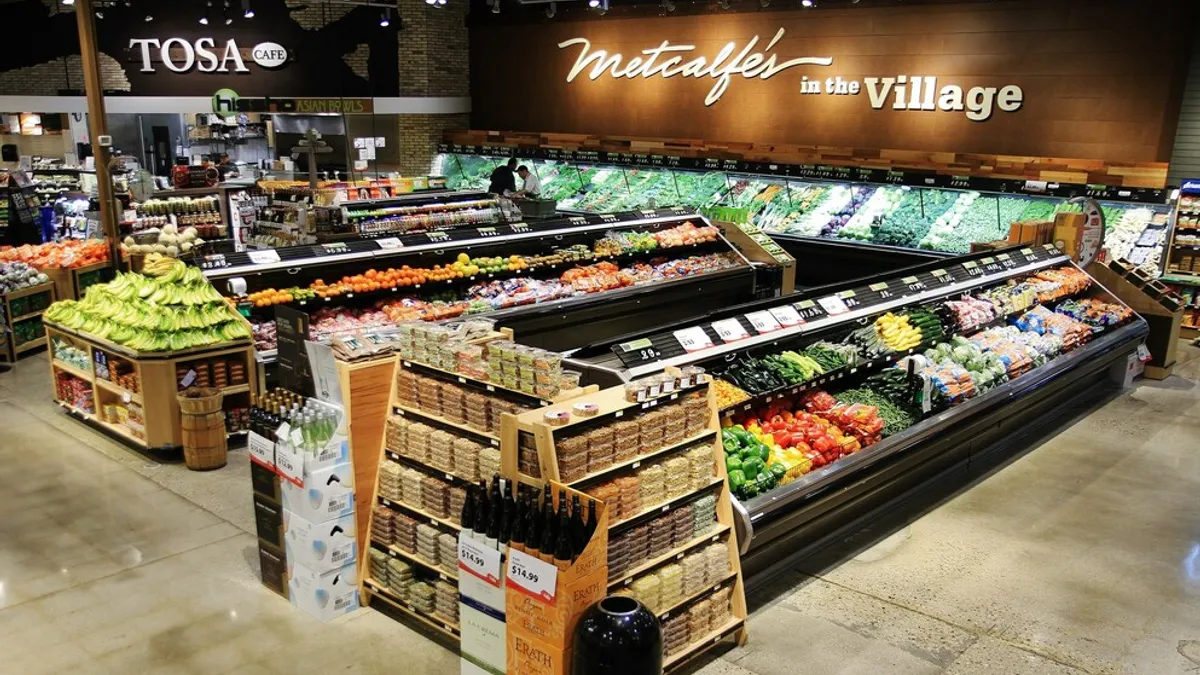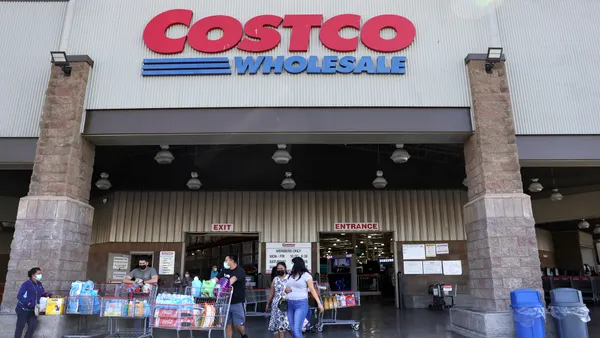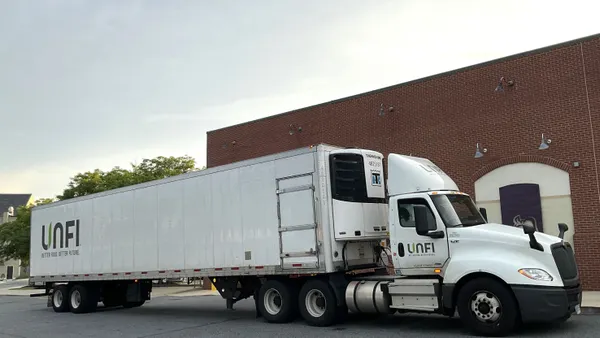Instacart has an infantry of approximately 600,000 on-demand workers.
Known as “Instacart Shoppers,” these workers play a valuable role in the grocery technology company’s ongoing growth in retail vendor space, as evidenced by the ongoing release of new earnings opportunities and safety features for them.
In its latest shareholder letter, Instacart said that it began piloting several new initiatives to provide its gig workers with more ways to earn money, including taking videos of store shelves to improve inventory transparency, letting them deliver customer orders from a distributor’s warehouse and allowing an Instacart shopper in one store the chance to find out-of-stock items from an order handled by another worker at another store.
Relying on its workers to track on-shelf inventory is “much more real-time than what we get from retailers,” then-CEO Fidji Simo told investors in February.
Along with earnings, Instacart has also revamped how it scores its workers. In April, the company unveiled plans to roll out a new tool that ranks how well its workers shop for customers with a sliding scale from “Needs work” to “Standard” to “Good” based on the number and condition of items the worker selected for their orders completed in the last 90 days.
That new tool is factoring into new and updated reward tiers as part of the Cart Star shopper rewards programInstacart revealed at the end of last month. The changes to the rewards program also include new perks, such as priority batch access by tier and a free Instacart+ membership for Diamond Cart shoppers, the highest tier.
Here is a roundup of the latest moves by Instacart to attract and retain on-demand workers.


